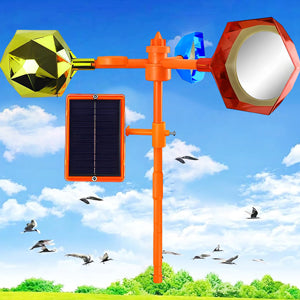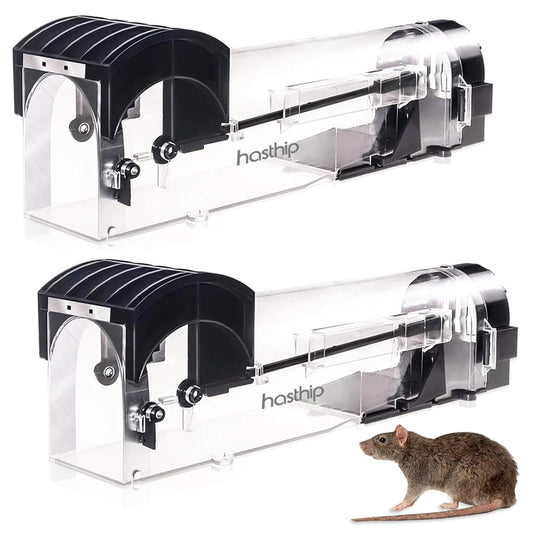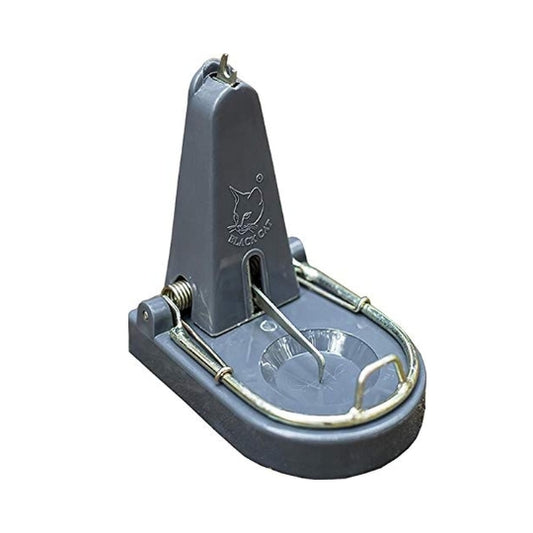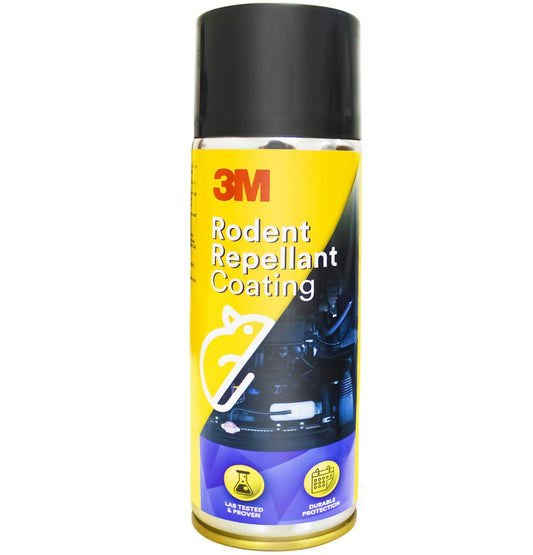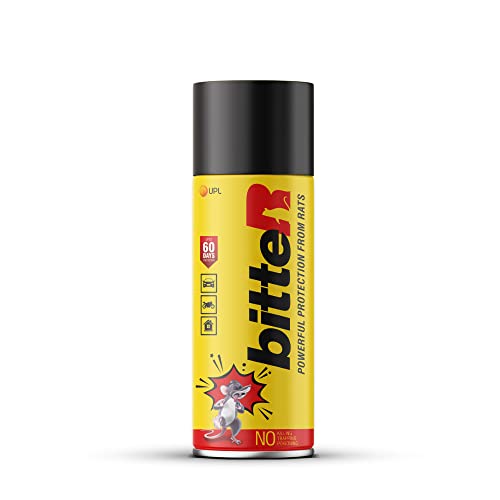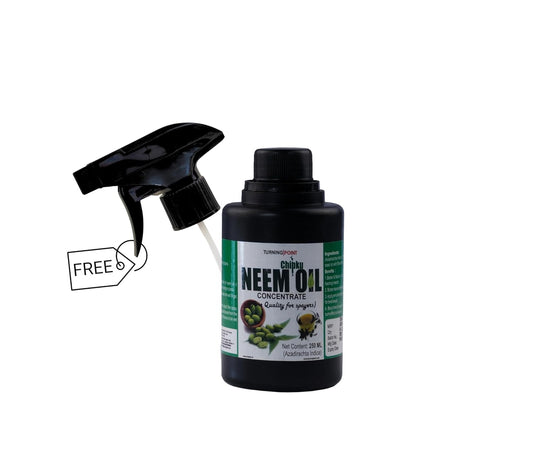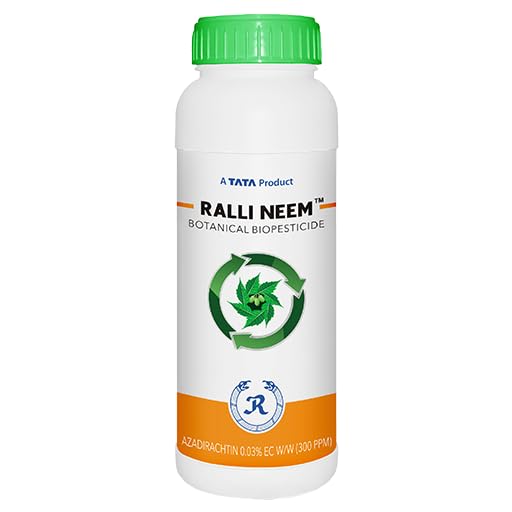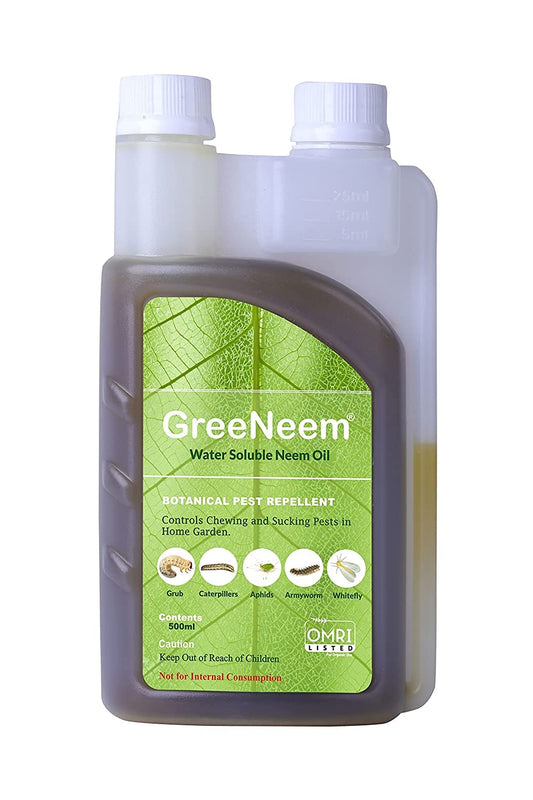
Fertilizer Timing for Optimal Plant Growth: A Guide to Macro and Micronutrients
Share
Understanding Fertilizer Timing for Healthy Plants and Increased Yield
Plants need 17 nutrients in a balanced amount. Excess can cause toxicity and less can cause deficiency, both leading to yield loss. Excessive application has a negative impact on ecology also. To supply these nutrients we provide organic fertilizers as well as chemical fertilizers. When and how these fertilizers are added in soil matters a lot as it not only fulfills a particular nutrient but also aids in uptake and utilization of other nutrients. Considering this complex relation between different nutrients, timing is very important. If we fail the timing our expense goes up and profits go down. Soil testing is one of the best ways to understand nutrients present in soil and design application doses. Nowadays numerous AI and microprocessor based soil testing facilities are available and farmers should use them.
Fundamental Nutrients: Air and Water
Fundamenta nutrients like carbon, hydrogen and oxygen need not be given as plants can get them through air and water. Carbon is fixed from carbon dioxide. Hydrogen and oxygen are acquired from water through photolysis.
Macronutrients: The Foundation of Plant Growth
Macro nutrients including nitrogen, phosphorus, potash, calcium, magnesium and Sulphur are required in large amounts and may not be given sufficient when applied only through foliar feeding. It is best that we apply them in soil at the time of sowing. As nano fertilizers are coming up, they can be used as supplementary and currently available nano-fertilizers are meant for foliar spray only. Let's understand the timing one by one.
Nitrogen in fertilizers like urea or DAP exist in the form of ammonia which has a tendency to leach out. Considering this problem, the dose of nitrogen fertilizer, basically Urea, should be divided into four parts. The first part should be given before sowing and the remaining three parts should be given before flowering during vegetative growth phase. Application of nitrogenous fertilizers should be avoided after flowering. nitrogen can be given in foliar form only when we are unable to apply remaining doses or any particular dose due to waterlogging, rain or deficiency symptoms are visible. 500 ml of nano urea when applied through foliar spray has the potential to replace 50 kg urea applied in soil, however, the outcome is not the same in all crops.
Nutrients like Phosphorus and Potash have a tendency of getting fixed in soil and then get solubilized and mobilized slowly. Hence complete dose of these need to be given at the time of sowing as basal dose. These cannot be supplied through foliar feeding in normal form. Nano DAP however should be applied only as foliar spray.
On the same line calcium, magnesium and sulfur need to be applied at the time of sowing. Calcium can be applied as foliar spray but that is just a correction spray to tackle deficiency symptoms like fruit cracking, dropping or blossom end rot. Calcium nitrate is the most suitable form for foliar spray, though it can also be given through soil. Note that calcium nitrate as chemical and calcium nitrate as fertilizer are not the same. Calcium nitrate as fertilizer contains a small amount of ammonium nitrate as ammonium ions play an important role in assimilation of calcium. Generally gypsum is applied as calcium fertilizer but when soil is acidic, lime should be used.
Magnesium is usually applied as magnesium sulphate. 10 kg per acre for small period crops and 25 kg for long period crops are suitable doses. In case of occurrence of its deficiency symptoms, chelated magnesium can be applied as foliar spray. Before moving ahead let's understand about chelated fertilizers.
In chelated fertilizers, nutrients are complexed with a carrier so that it does not lose its chemical form and get efficiently assimilated. This is similar to a mother taking a kid to school holding his hand to make sure that he/she does not misorient during transit.
Sulphur, usually used as bentonite sulfur should be applied at time of sowing. 10 kg per acre is sufficient dose for longer duration crop but if you are sowing short duration crop it is better to use elemental sulfur fertilizer as it will be available faster than bentonite sulphur. 3 kg is standard dose of elemental fertilizer.
Micronutrients: Small Quantities, Big Impact
Now let's discuss micronutrients. Out of these, first consider cation forming metallic micronutrients. These are Zinc, ferrous, copper and manganese. These should be applied at the time of sowing. It is always recommended that these should be used in chelated form, however sulfates can also be used. Advantages with chelates is that in chelated form they do not react with phosphates present in soil. These are required in traces. Zinc sulfate which contains 21% zinc should be given as 5 kg per acre. Ferrous sulfate though given in a basal dose has a high tendency to get immobilized in soil and hence its foliar spray is more recommended. Immobility is reaction of nutrients with other soil components and resultant form is not more soluble in water. Manganese sulfate 3 kg per acre is a sufficient dose. Copper sulfate 1 kg should be sufficient. Using copper sulfate can be avoided safely.
Boron is almost last but not least micronutrients. It can be applied as borax can be given at time of sowing. 1 to 2 kg shall be sufficient. If you fail to offer it at time of sowing or deficiency symptoms like cracking of fruits or flower dropping occurs. Disodium octaborate which is water soluble can be applied along with calcium nitrate in foliar form.
Chloride is present in sufficient quantities in soil and need not be applied at all.
Molybdenum and nickel are required in too much trace and can be toxic to plants even if given in small excess. It is best to avoid using them as fertilizer.
Most farmers who are farming for years do not have this basic knowledge and they end up making mistakes in their cultivation practices. Let's read this information twice and thrice and it will stay with you forever.







